Teaching at Instituto de Cocina Pachacútec in Peru
The Instituto de Cocina Pachacútec is culinary program that subsidizes 80% of the tuition for young Peruvian students. The Pachacútec school has four cohorts of 22 students each. Each cohort has a 1,000 applicants but the program can only fund 22 per cohort. The program is partly supported by the Gaston Acurio culinary enterprise. Chefs from his restaurants volunteer to teach the students.
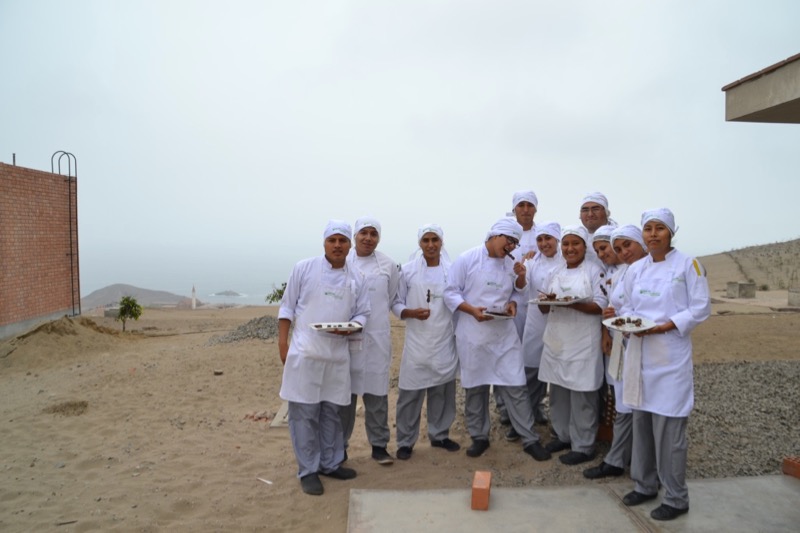
The cohort that I taught was near the end of their program and did not get the opportunity to have a chocolate section … making my visit even more important. Pachacútec is in the desert; an hour drive northwest of Lima. There is sand everywhere and I was lucky enough to miss the sand storms.
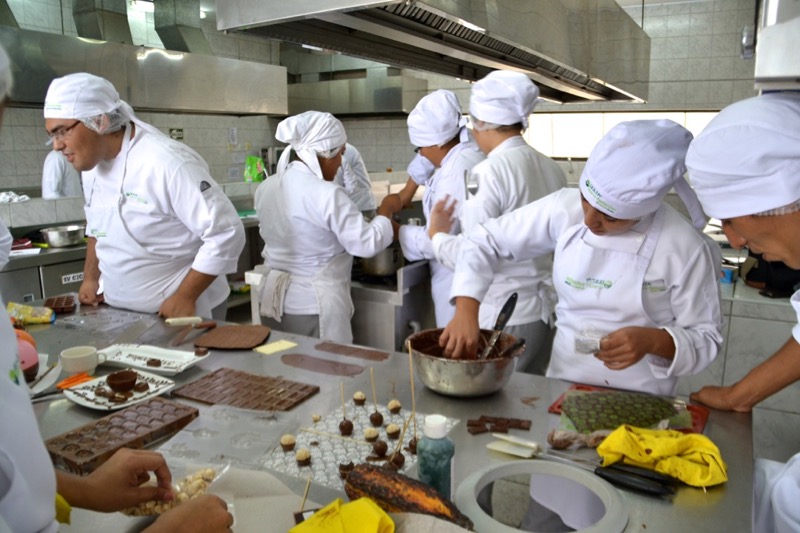
Given the culinary global fame that Peru has acquired in the last few years it strikes me that there is not more support for programs like this one. Restaurants need the trained staff and Le Cordon Bleu (also in Peru) is not feasible for most Peruvians.


I can tell these students have worked very hard to be here. Physically, some of these students take a combination of public transportation for 2 hours to get here. One girl was sitting outside looking through the window and I asked if she was from another class and they said she arrived late and no one is allowed in class if late. I will always put my money on students that have come from poor or difficult upbringings because they have more fight in them. And most of the time they are exposed to a culinary world that most of us do not see.
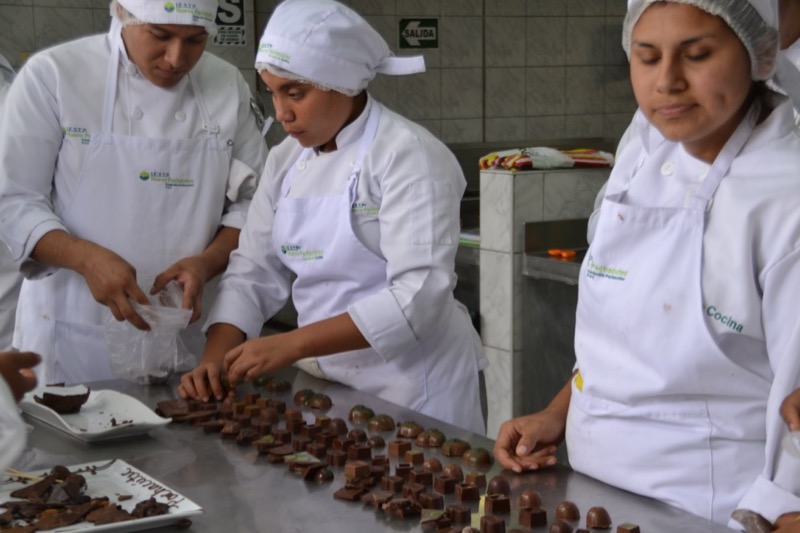
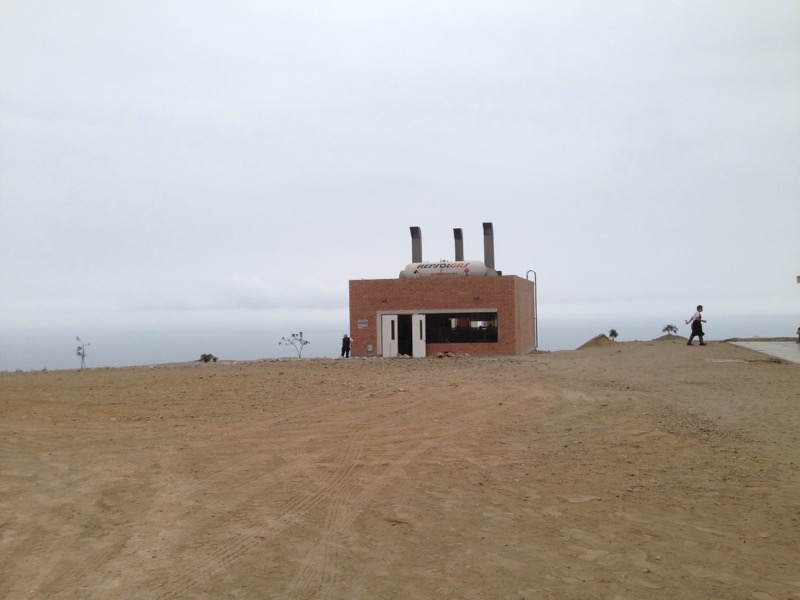
The students were very excited for the class, none of them had ever tasted American chocolate. We did a tasting and they were so good at pin pointing flavor profiles in the different bars. At 18yrs old I would have never been able to taste the flavor profiles they found. At some point I was left out of the discussion because some bars reminded them of fruits that I had never tasted. Which makes sense. In America we say raisin, pineapple, honey, grapefruit, orange, caramel, etc. So boring. There are flavors in Peru, in their mountains and deserts, that have more similar profiles to these bars than what we describe, we just don’t have the vocabulary of these flavors.
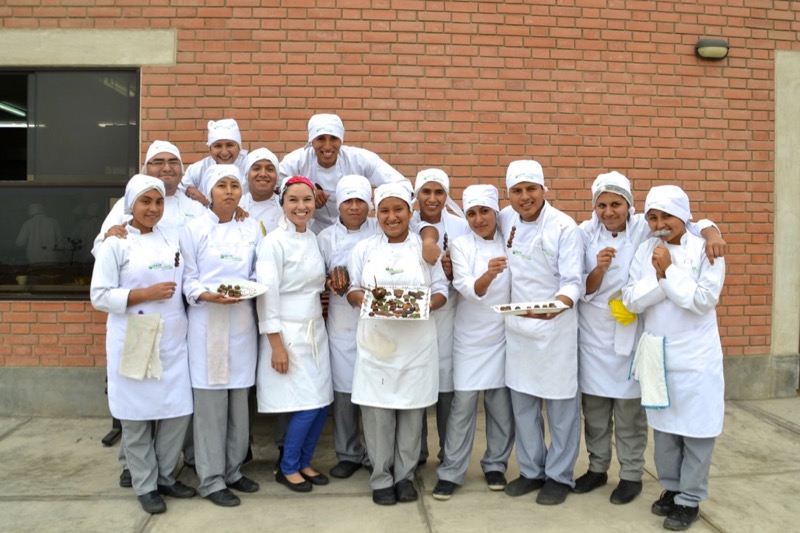
It is always inspiring to engage with young students who come from “disadvantaged” communities because in the end they seem to have the biggest advantage.
For more information on the program, visit their website here.




